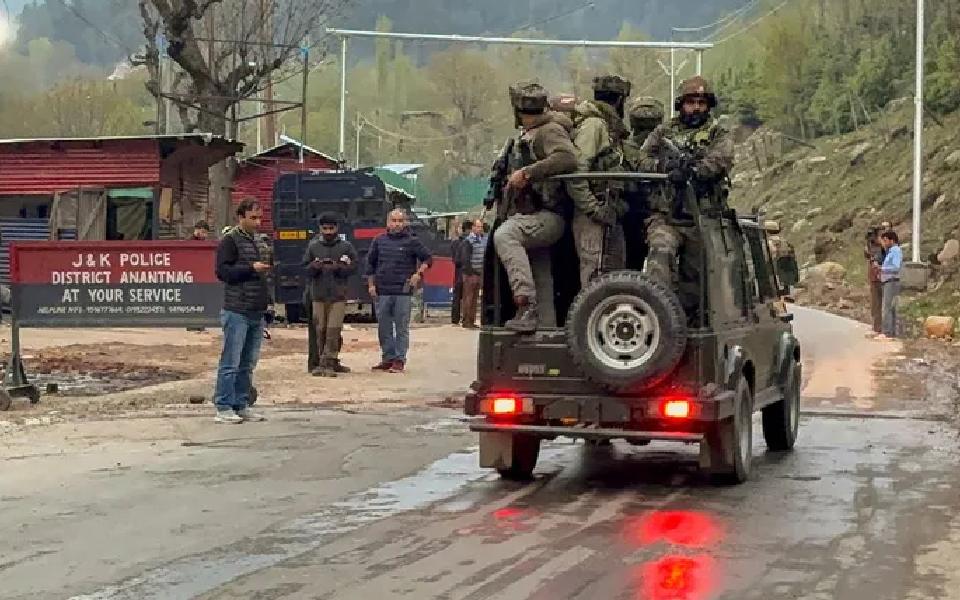Agra (PTI): The main dome of the Taj Mahal here witnessed water leakage due to incessant rain for the past three days which inundated a garden on the premises.
The purported video of the submerged garden on the Taj Mahal premises went viral on Thursday and caught the tourists' attention.
However, a senior official of the Archaeological Survey of India (ASI), Agra circle, said there is leakage in the main dome due to seepage and there is no damage to it.
Talking about the leakage in the main dome of the Taj Mahal, Rajkumar Patel, Superintending Chief of the Archaeological Survey of India (ASI), Agra circle, told PTI, "Yes, we have witnessed the leakage in the main dome of the Taj Mahal. After that when we checked it was due to seepage and there was no damage to the main dome. We have checked the main dome through a drone camera." On Thursday evening, a purported video of 20 seconds went viral on the internet in which one of the gardens of the monument submerged with rain water. It caught the attention of the tourists, who visited the Taj Mahal and many shot video of it.
A local resident, who is working as a government approved tour guide, said Taj Mahal is the pride of Agra and the entire nation, adding it provides employment to hundreds of locals and those who are working in the tourism industry.
"Proper care should be taken of the monument because for the tourism industry people it is the only hope," said Monika Sharma, a government approved tour guide.
Agra witnessed an incessant rain from the past three days due to which water logging problem could be seen in most of the parts of the city.
One of the National Highways was choked with rain water, crops submerged with rain water and posh localities of the city witnessed water choking due to continuous rain.
The Agra administration has ordered the closure of all schools due to rain.
Let the Truth be known. If you read VB and like VB, please be a VB Supporter and Help us deliver the Truth to one and all.
New Delhi, May 10 (PTI): BCCI Vice President Rajeev Shukla on Saturday said the Board officials and IPL Governing Council will discuss on Sunday the best possible schedule to complete the suspended T20 League following the announcement of an immediate ceasefire between India and Pakistan.
The Board was forced to suspend the Indian Premier League (IPL) on Friday, with 16 matches remaining, as the India-Pakistan border conflict threatened to grow into a full-blown war following the Pahalgam terror attack and India’s subsequent Operation Sindoor.
"The war has stopped. In the new situation BCCI office bearers, officials and IPL Governing Council, will discuss the matter tomorrow (Sunday) and take a call. We will see which can be the best schedule to complete the tournament," Shukla told PTI Videos.
It was being speculated that the League could be moved to Southern Indian cities Chennai, Bengaluru and Hyderabad but Shukla said such an option was perhaps relevant in the scenario of a continued military conflict.
"That was an option when war was going on. There are many options which have been discussed. The ceasefire has just been announced, give some time to us, we will discuss and then only a decision will be taken," Shukla said.
A total of 12 League stage matches and four play-off stage matches are yet to be played in the tournament.
Most of the foreign recruits, who compete in the League for different teams, have already left the country.
Thursday’s match between Punjab Kings and Delhi Capitals in Dharamsala was abandoned midway due to the conflict. With the Dharamsala airport shut, players and support staff of both teams travelled by bus to Jalandhar and then boarded a train to Delhi.





